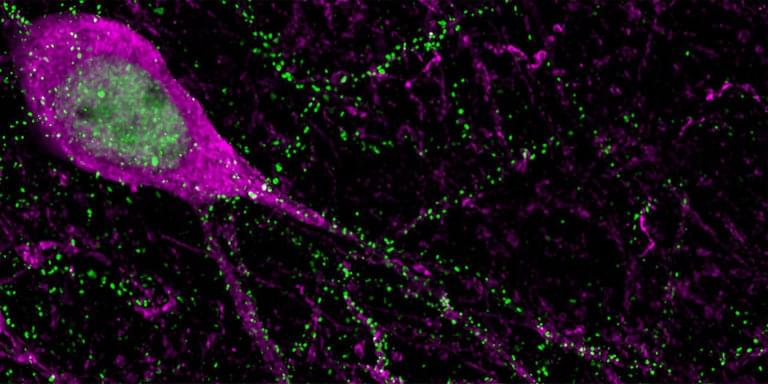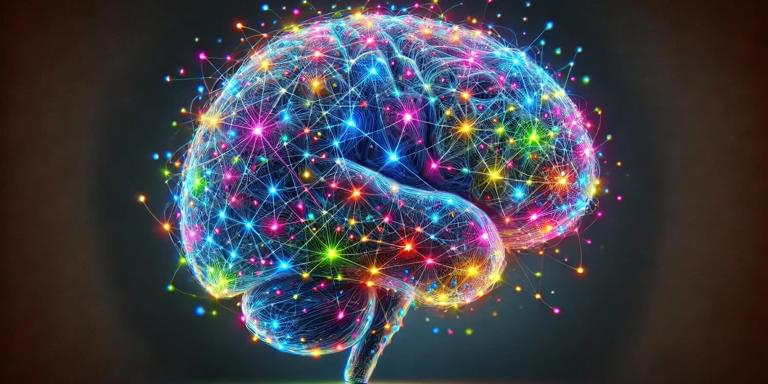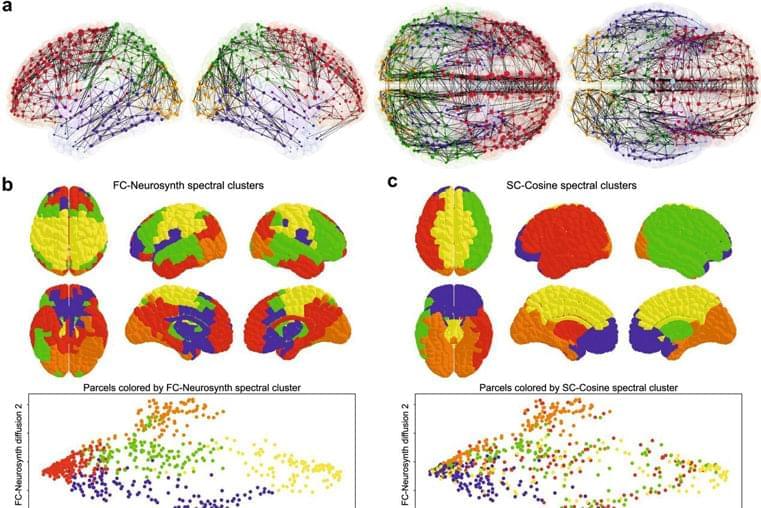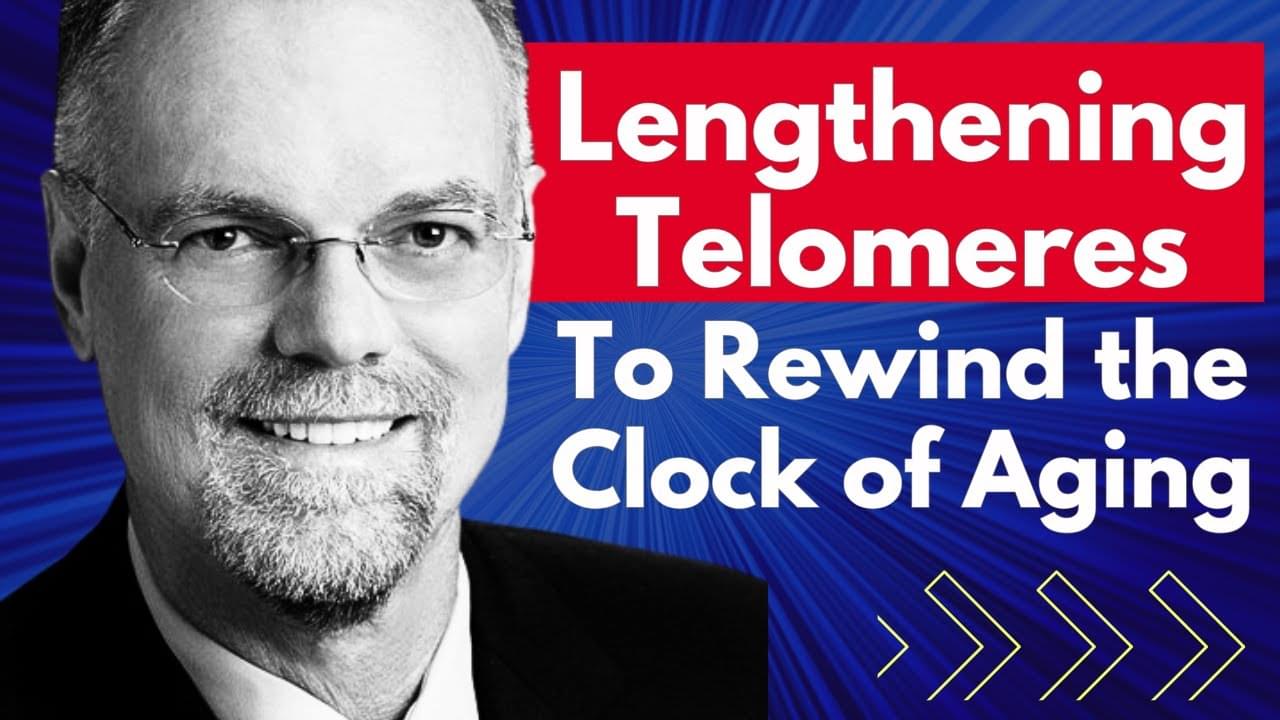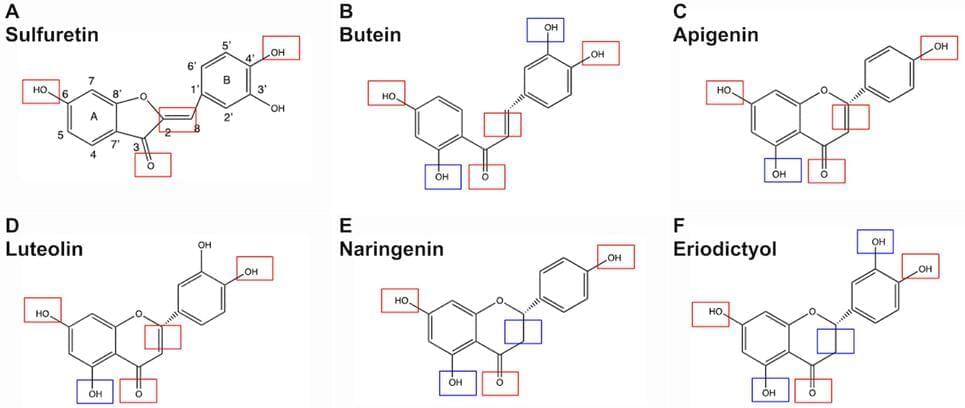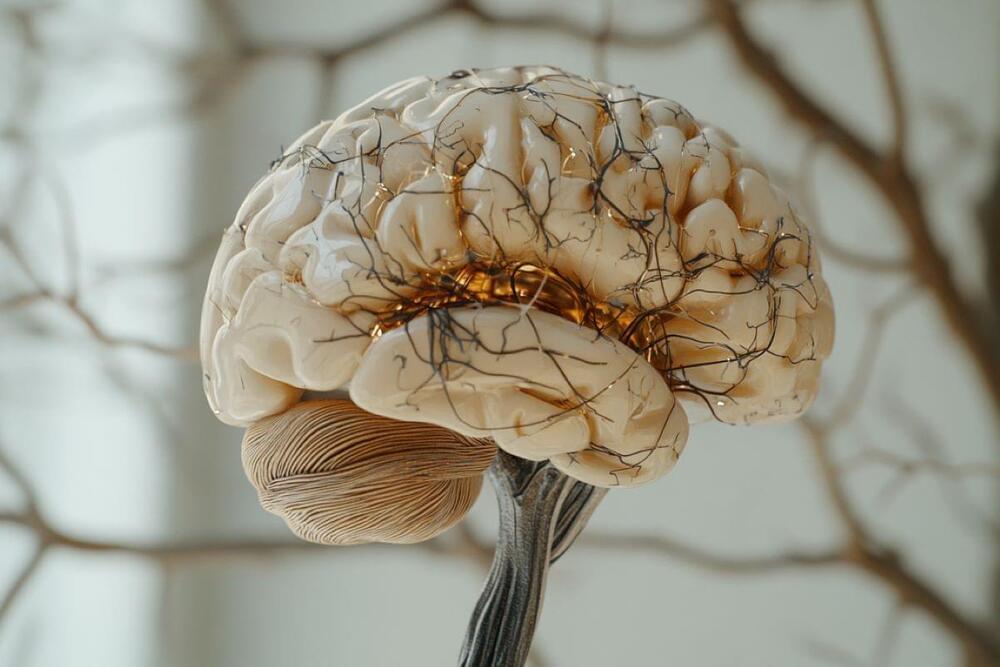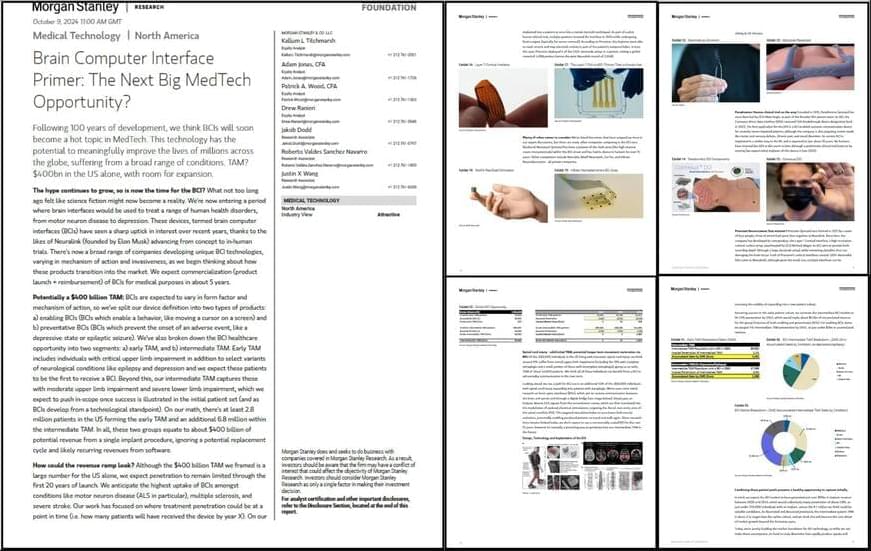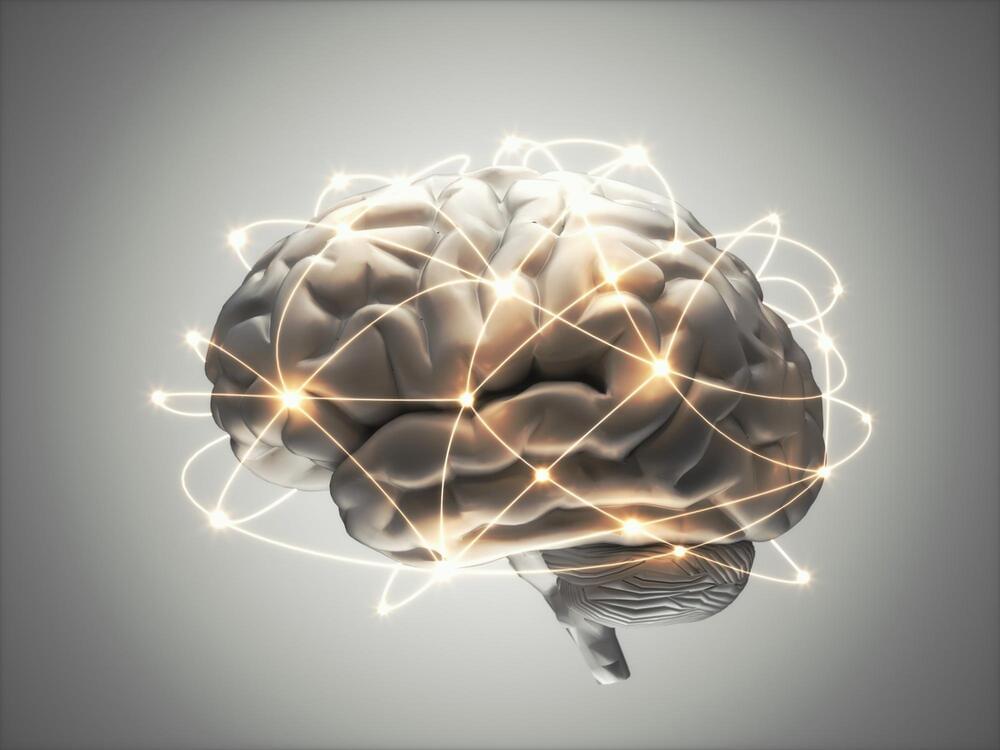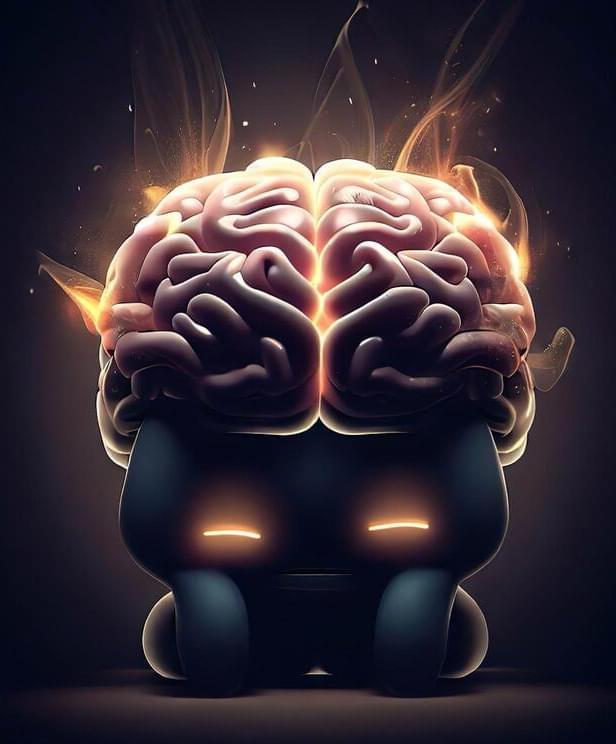Oct 27, 2024
Perfect balance: How the brain fine-tunes its sensitivity
Posted by Genevieve Klien in category: neuroscience
A sensitive perception of the environment is crucial for guiding our behavior. However, an overly sensitive response of the brain’s neural circuits to stimuli can lead to neurodevelopmental disorders such as epilepsy. University of Basel researchers report in the journal Nature how neuronal networks in the mouse brain are fine-tuned.
